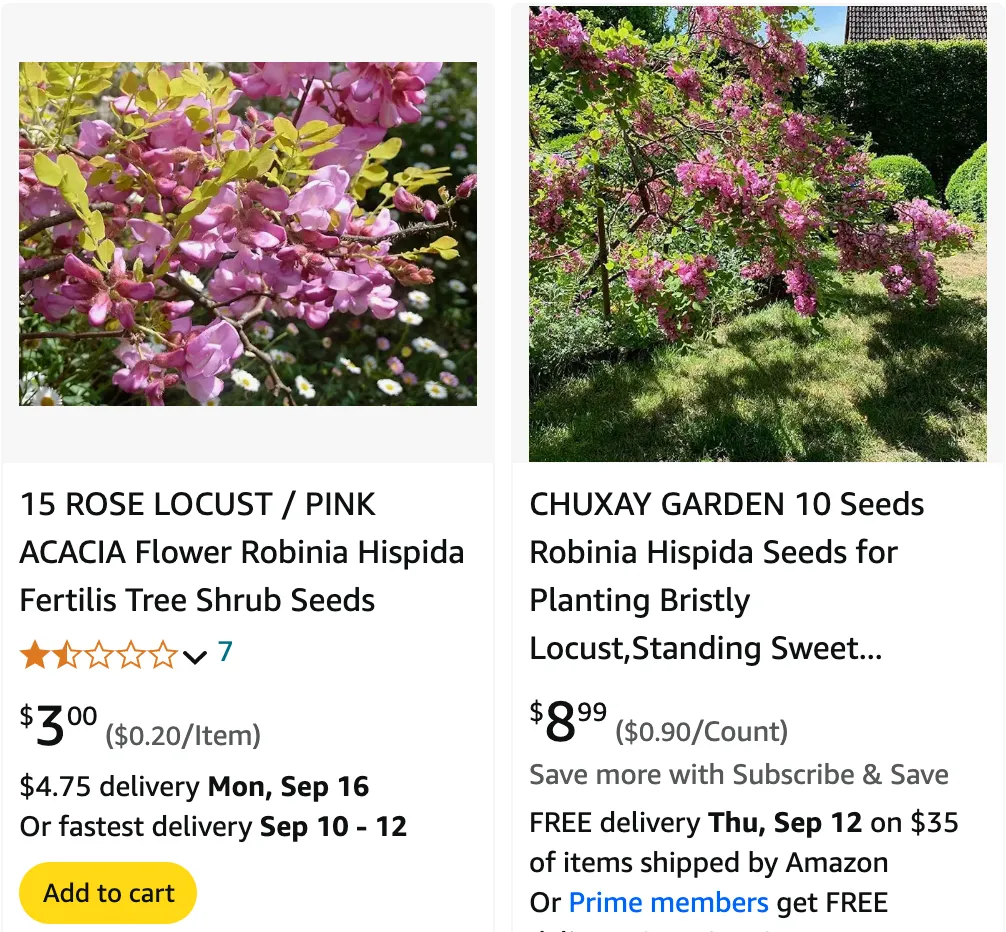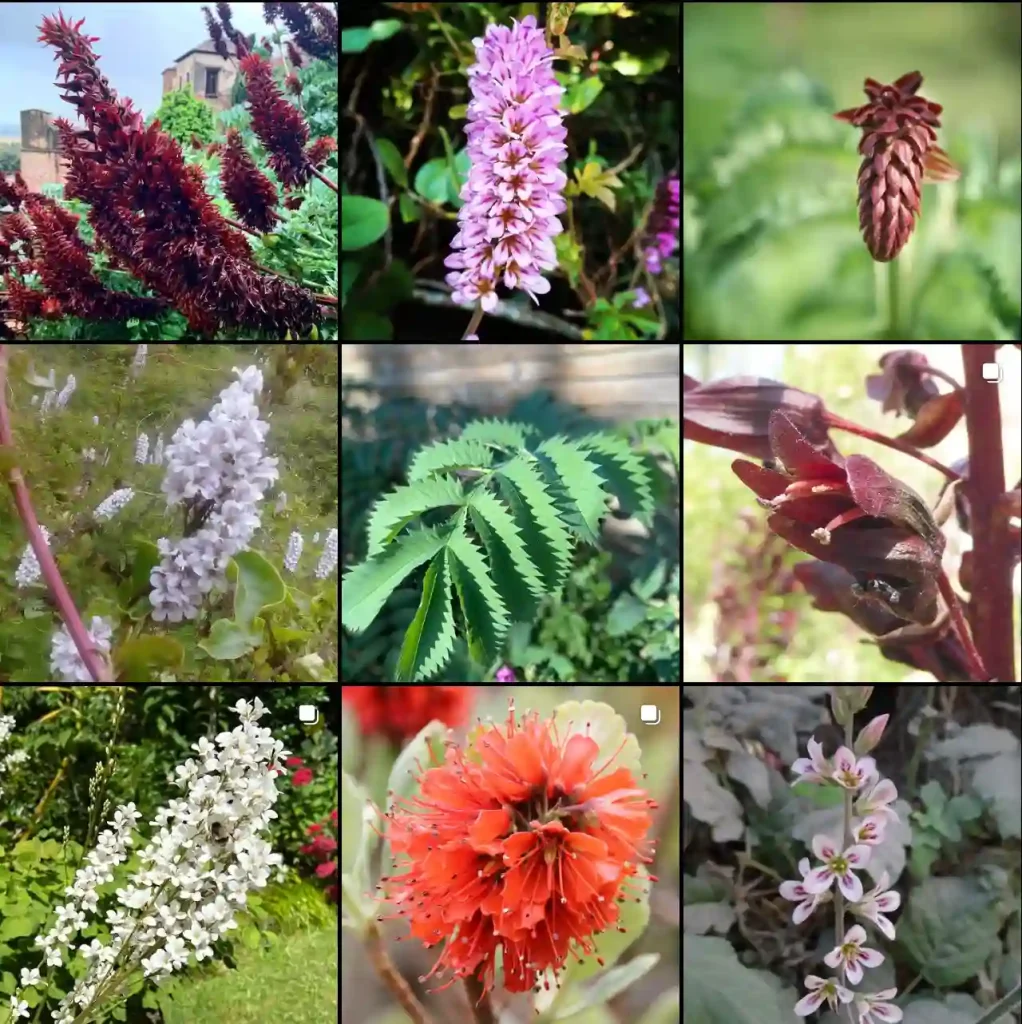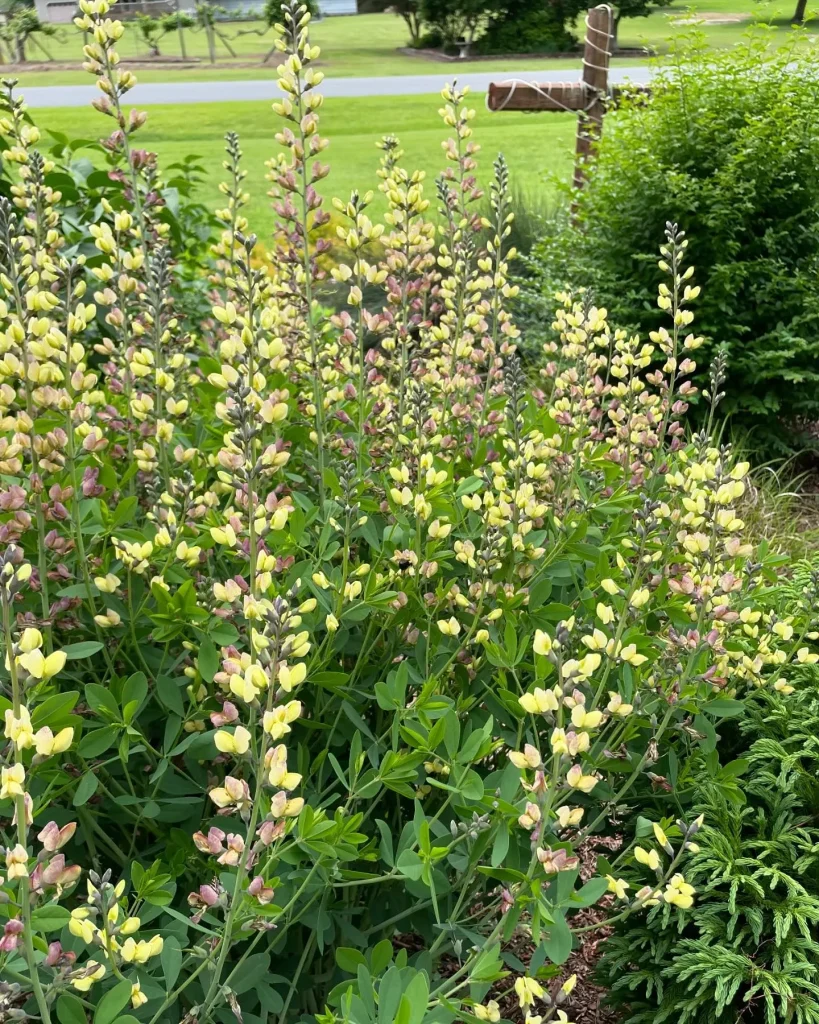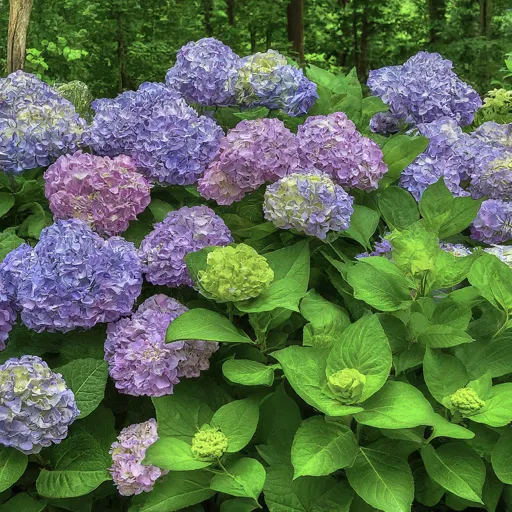
Frequently Asked Questions About Robinia Hispida
Robinia Hispida, also known as the bristly locust or rose acacia, is a fascinating plant with striking pink flowers and bristly stems. Having spent time growing and observing this plant, I’ve gathered valuable insights into its care, propagation, and benefits. Below are some of the most common questions about Robinia Hispida, along with my personal experiences and thoughts.
8 Species in Genus Robinia
What is Robinia Hispida?
Robinia Hispida is a small, deciduous shrub or tree known for its distinctive pink flowers that bloom in clusters during the spring and early summer. The plant has bristly stems, which give it its name “bristly locust.” It can reach heights of up to 10 feet but often remains more shrub-like when grown in gardens.
The plant is native to the southeastern United States and is often used for erosion control because of its strong root system. It also adds ornamental value to landscapes, attracting pollinators like bees and butterflies with its vibrant blooms.
How to Care for Robinia Hispida?
Robinia Hispida is a hardy plant, but it does require some basic care to thrive. From my experience, the key factors are:
- Soil: It prefers well-drained soil but is tolerant of poor, rocky, or sandy soils. I’ve had success planting it in loamy soil with a slightly acidic to neutral pH.
- Water: While drought-tolerant once established, it benefits from regular watering, especially during hot summer months.
- Light: Full sun is ideal for this plant, though it can tolerate light shade. When I grew mine in partial shade, the blooms were less vibrant and fewer in number.
- Pruning: Pruning after flowering helps maintain the shape and encourages new growth. It’s also essential to remove any dead or damaged branches.
How to Propagate Robinia Hispida?
Propagating Robinia Hispida is relatively straightforward. The easiest method is from seed, but it can also be propagated through root cuttings or suckers.
- Seeds: To propagate by seed, you first need to harvest the seeds, which I’ll explain in detail later. Once you have the seeds, soak them in warm water for 24 hours to soften the hard outer shell. Then, sow them in well-drained soil, covering them lightly. In my experience, germination can take a few weeks.
- Root Cuttings: Taking root cuttings in early spring has worked well for me. Simply dig up a healthy section of the root, cut it into pieces, and plant them in a pot with rich, moist soil.
- Suckers: This plant often sends up suckers from its root system. I’ve had success digging up these suckers and transplanting them to new locations.
How to Harvest Robinia Hispida Seeds?
Harvesting Robinia Hispida seeds is simple if you know what to look for. After the flowers fade, small seed pods will develop. These pods mature in late summer or early fall. Here’s my step-by-step process:
- Wait until the seed pods turn brown and start to dry on the plant. This is the sign that they’re ready for harvesting.
- Snip off the pods and allow them to dry in a cool, well-ventilated area for a week or two.
- Once fully dry, break open the pods to collect the seeds. I always store them in a paper envelope or a breathable container to prevent moisture buildup.
Can You Grow Robinia Hispida Indoors?
In my experience, Robinia Hispida is not well-suited for indoor growing. It thrives in outdoor environments where it can receive full sun and space to grow. The plant’s height, bristly stems, and spreading root system make it impractical for indoor cultivation. It’s best grown in gardens or as part of an outdoor landscape.
Is Robinia Hispida Toxic?
Robinia Hispida is mildly toxic to both humans and animals if ingested. The seeds, bark, and leaves contain compounds that can cause nausea, vomiting, and other symptoms. If you have pets or young children, it’s essential to keep them away from this plant.
What are the Benefits of Robinia Hispida?
I’ve found several benefits to growing Robinia Hispida, both ornamental and ecological:
- Pollinator Attractor: The bright pink flowers attract bees, butterflies, and other pollinators, making it a fantastic choice for eco-friendly gardening.
- Erosion Control: Its extensive root system helps stabilize soil, making it ideal for areas prone to erosion.
- Ornamental Appeal: The plant’s unique look, with its bristly stems and beautiful blooms, makes it a standout in any garden.
What to Plant with Robinia Hispida?
When planting Robinia Hispida, I’ve found it pairs well with other sun-loving, drought-tolerant plants like lavender, ornamental grasses, and junipers. These companions complement the bristly locust’s texture and offer contrasting colors that highlight its pink blooms.
Common Problems with Robinia Hispida
While this plant is hardy, I’ve encountered a few challenges:
- Powdery Mildew: In humid conditions, powdery mildew can affect the foliage. I’ve found that improving air circulation around the plant by pruning helps prevent this.
- Suckers: The plant tends to produce suckers, which can be invasive if not controlled. I recommend regularly trimming back the suckers to prevent them from spreading.
- Pest Infestations: Occasionally, aphids can infest the plant. A simple spray of water or insecticidal soap usually does the trick.
How Does Robinia Hispida Compare to Similar Plants?
Robinia Hispida is often confused with other members of the Robinia genus, such as Robinia Pseudoacacia (Black Locust). While both plants produce flowers and are useful for erosion control, Robinia Hispida has a more shrub-like growth habit and is generally smaller. Its pink flowers also set it apart from the white flowers of Robinia Pseudoacacia.
Conclusion
Robinia Hispida is a versatile, ornamental plant with many benefits. Its ease of care, adaptability, and ability to attract pollinators make it a favorite in my garden. However, its tendency to spread through suckers and its mild toxicity require some caution. For anyone looking to add a splash of pink to their landscape while supporting local wildlife, this plant is a fantastic choice.
If i die, water my plants!



